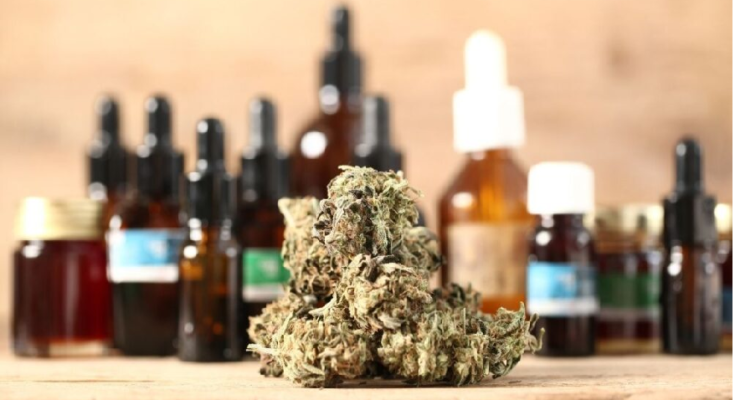What are can nabinoids? Can nabinoids or can nabinols are chemical substances of natural origin , biochemically classified. They all share the ability to interact with the can nabinoid receptors of our body can nabis accessories.
There are various kinds of can nabinoids
Phytocan nabinoids are derived from the Cannabis Sativa L plant . (hemp). About 70 have been discovered so far and the best known are 9-teatraidrocan nabinol ( 9-THC ), can nabidiol ( CBD ) and can nabinol ( CBN ).
The endocan nabinoids , including 2-arachidonic glycerin ( 2-AG ) and N-arachidonyl-dopamine ( NADA ), are instead endogenous , i.e. synthesized within the neuronal cells of animal organisms (including the body ).
Finally, thanks to the knowledge about the relationships and structures of different types of can nabinoids, researchers have designed synthetic can nabinoids in laboratories such as nabilone and naboctate , which possess therapeutic properties.
THC
THC stands for delta-9-tetrahydro can nibinol. It is the best known and most abundant can nabinoid among those found in cannabis. This is responsible for the main psychoactive effect. It goes to stimulate the brain by causing the release of dopamine. THC also has an analgesic effect. These results, combined together, result in a great sense of relaxation and an effect of euphoria and well-being.
CBD
Can nabidiol, or CBD, is the second most present can nabinoid in Cannabis Sativa L. Widely used in the field of medicine, it is the component sought by consumers for therapeutic purposes. It is not a psychoactive ingredient and is believed to be able to reduce and moderate the effects of THC. This means strains with equal levels of THC and CBD will produce cerebral highs while keeping the mind much clearer than would happen with a quality containing less CBD which, instead, would induce more nebulous and intoxicating effects. Furthermore, CBD has also been shown to have anti-cancer properties. New uses and applications are constantly being discovered thanks to medical research.




